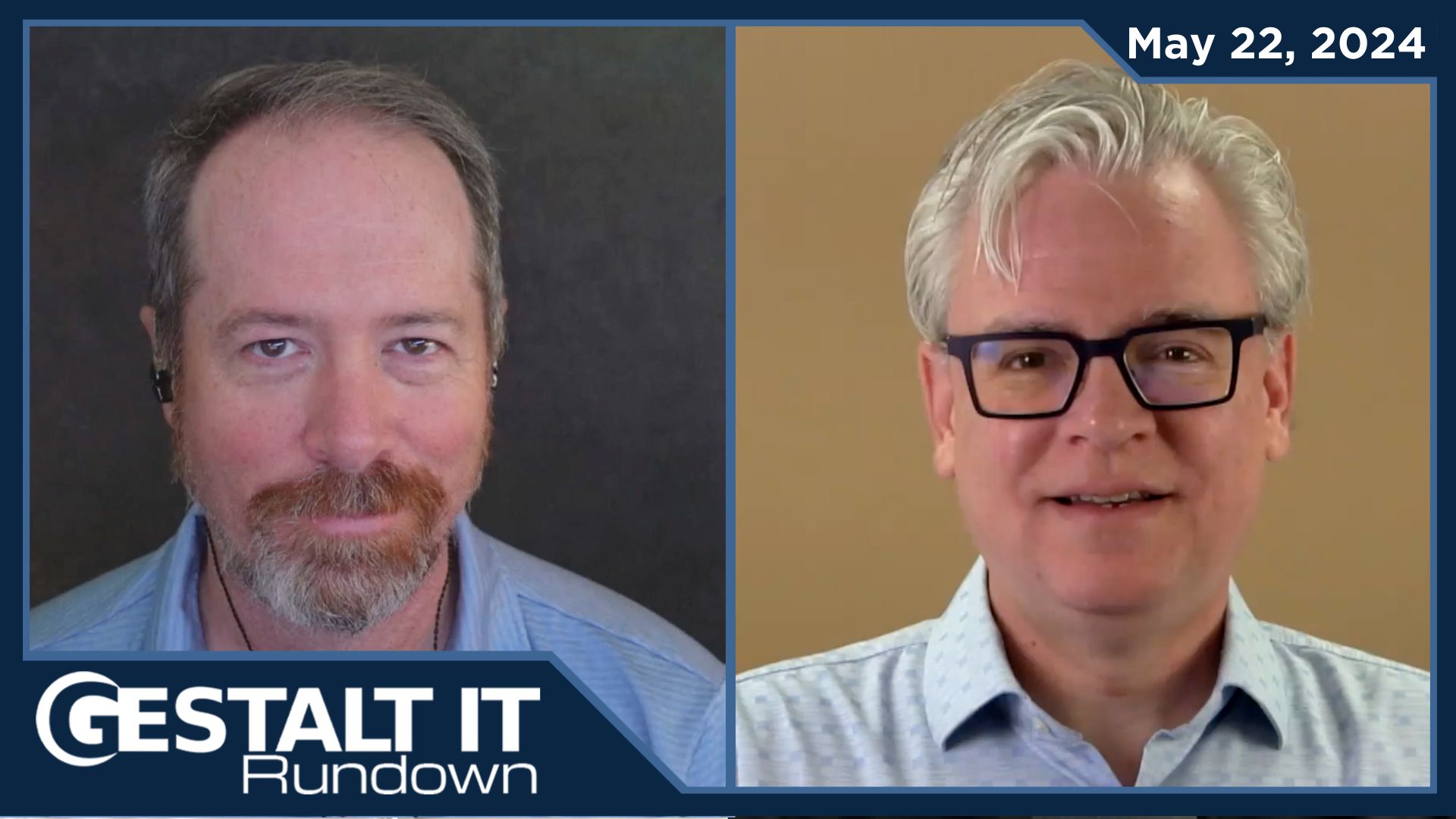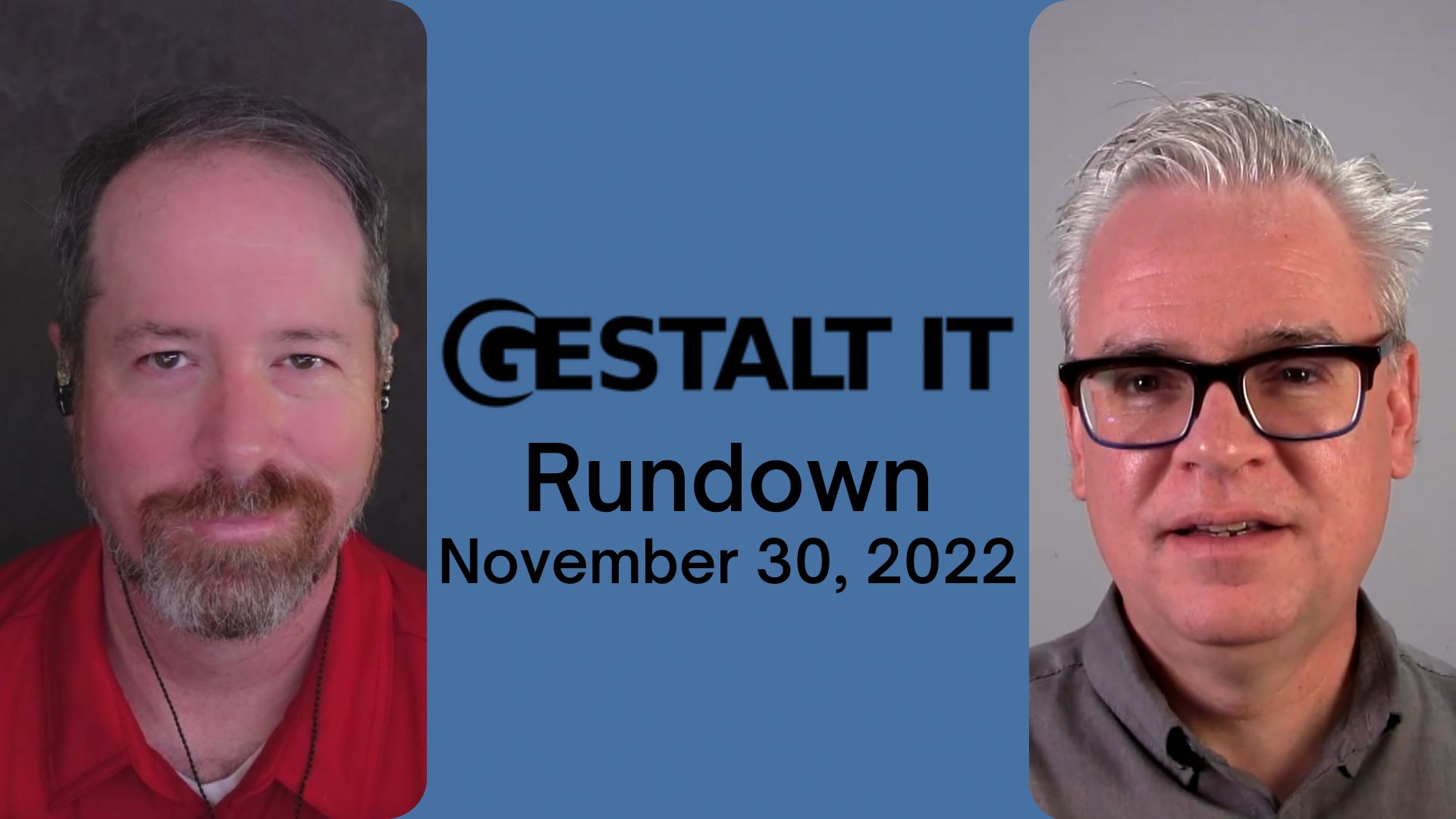I’ve always been fascinated by process. Sure the end result is nice, but there’s I get some sort of strange gnostic kick out of knowing the process behind something. I used to love watching videos as a kid showing how things I took for granted were made. I still remember a video of Mr. Rogers showing how graham crackers were made which blew my mind.
It’s that love of process that can sometimes make watching corporate mergers so frustrating. Most of the process behind these kind of relationships are totally obscured. As a user, I generally can only judge it on the end result, which is a shame. The idea of seeing two completely separate corporate cultures mesh together in real time, and the effect that has on everything from team composition to final products is fascinating. Most though, these kinds of interactions can only be seen in glimpses.
We got a big glimpse at how Dell EMC is going through such a merger at Tech Field Day in Austin. Last November, at another Tech Field Day event in Silicon Valley, we were received an overview of their Isilon product line. While fascinating, this was mostly a relatively untouched team from EMC. In Austin, we got to see the a little more of the interplay of two giant companies coming together.
At Tech Field Day, we heard from three different components of Dell EMC’s not inconsiderable family. The first was an update on VxRail, their hyperconverged infrastructure offering. I knew this was going to be a different type of presentation, because in the overview, they were upfront that they’d be going over what’s been working for the merged division, and where they were falling short. Most companies will be honest when asked about their shortcomings, but not every one will put it directly into their slide deck. It’s a frankness that I found refreshing.
But first some of the good. The EMC VxRail team was integrated over into the Dell PowerEdge side of the company. VxRail was a relatively new product and market for EMC, their foray into the increasingly popular hyperconverged infrastructure market. As such, they didn’t have a huge legacy to potentially cause trouble in the integration. Still the risk would be that being added to a division with a long history like Dell’s PowerEdge would cause them to lose their identity and mission focus.
Instead, with VxRail 4.0, they’ve leveraged the resources of PowerEdge, but always focused on HCI. As with any hardware rev, Dell EMC now has faster and more efficient VxRail offerings. But the big deal for me was the hardware flexibility they can now offer. VxRail used to come in a single 2U/4 node configuration. Now, Dell EMC is offering a variety of configurations through the PowerEdge line down to single node configurations, with the ability to get units that emphasize storage or compute. This allows for the simplified provisioning that HCI is known for, but with enough flexibility that you’re not buying too much for organizational needs.
In terms of where VxRail is succeeding since coming to market in February 2016, on a sales perspective, they’re seeing surprising growth. Their unit volume has exceeded several revised estimates. We didn’t get hard numbers, the impression was that even with a moving target, they were able to put up sales above expectations. Perhaps more encouraging, in Q4, they saw VxRail moving into decidedly larger deployments. Their top ten deals all came in over $1 million. So people are definitely responding to the flexibility of the offering.
But like I said, I appreciated that Dell EMC was willing to be candid of where they needed to improve. With sales exceeding expectations, it actually led to a substantial problem for the division. Their professional services deployment wasn’t nearly up to the needs of that demand, which resulted in a lot of delayed deployments for customers. This doesn’t seem like an intractable problem, both Dell and EMC have long services of enterprise class support, but it does show you that launching a new product that meets unexpected success out of the gate can lead to unforeseen consequences.
VxRail is also suffering from a little brand confusion. It seems like integrating with the PowerEdge team hasn’t hurt the VxRail product vision, but it has caused some issue with differentiating the product in consumers eyes. It’s easy to see it from a CTO perspective, VxRail running on PowerEdge hardware could look very similar to a PowerEdge server running a VSAN. This again doesn’t seem like an insurmountable challenge. With a little marketing outreach, it should be realitvly easy to demonstrate the advantages of a ground up HCI product like VxRail.
Overall, VxRail seems to be going through some minor growing pains that you’d see in any product relatively new to the market. But in reviewing where the product was at going forward, it ever so slightly pulls back the curtain. At least with the VxRail and PowerEdge, Dell EMC seems to be handling the transition smoothly. I won’t pretend to speculate on how well this is going across the board, but for a growing segment like HCI, I’m sure the company is glad to see a lot of growth, even if it has led to some ancillary issues for the time being.





[…] Dell EMC: When Two Hearts Beat As One […]